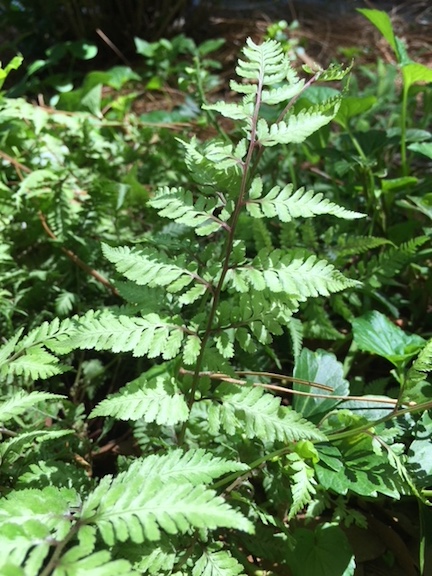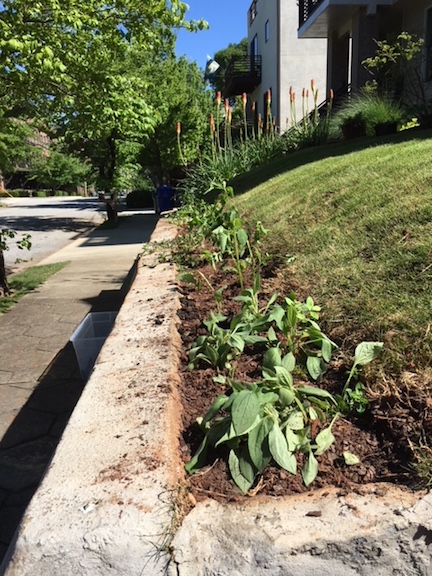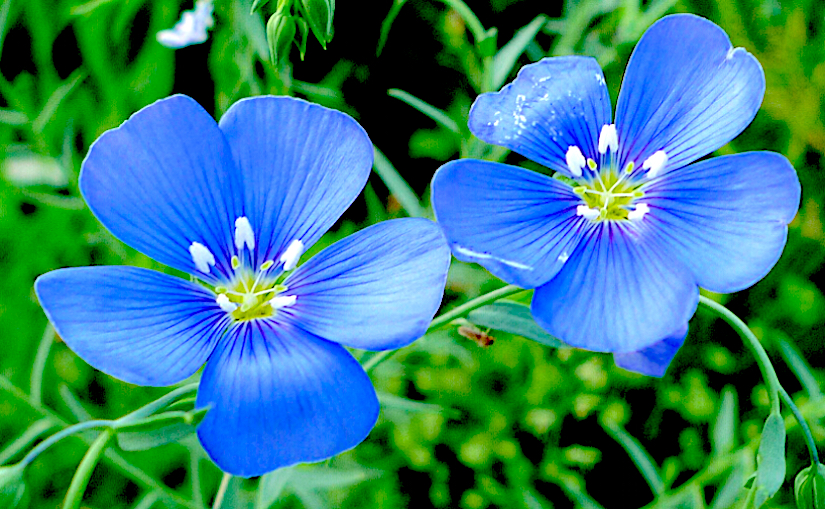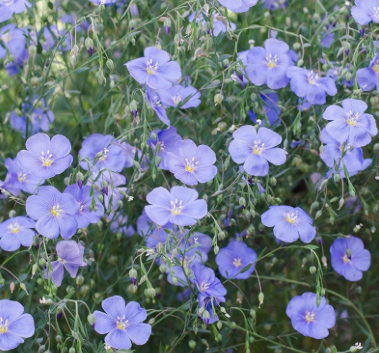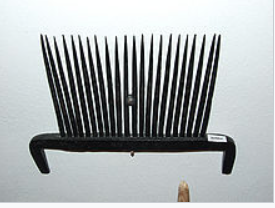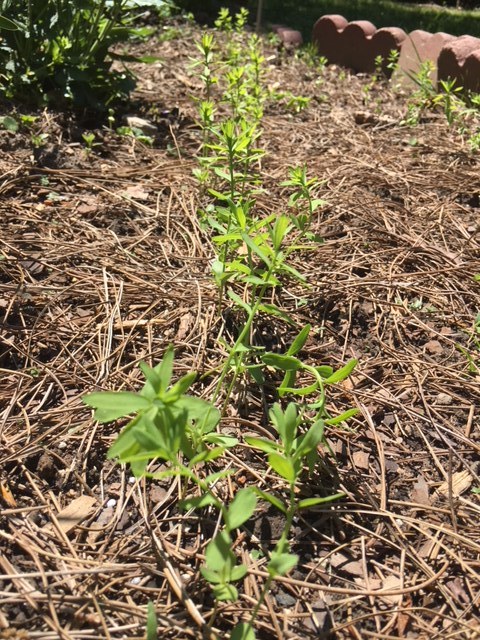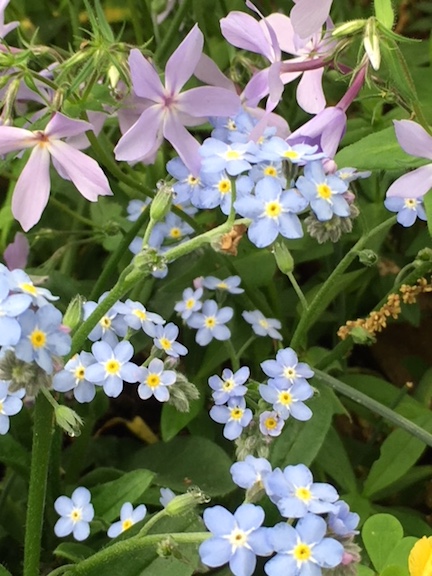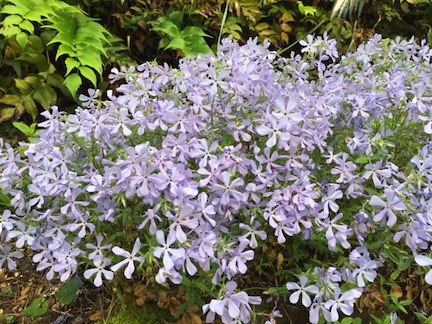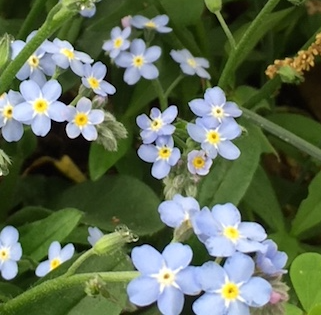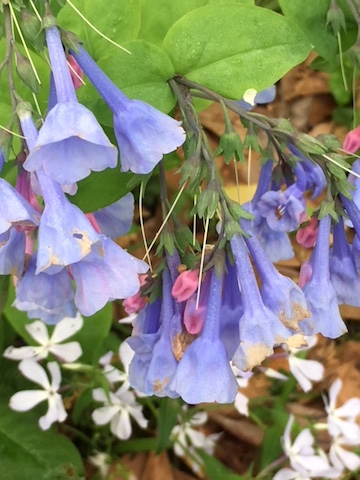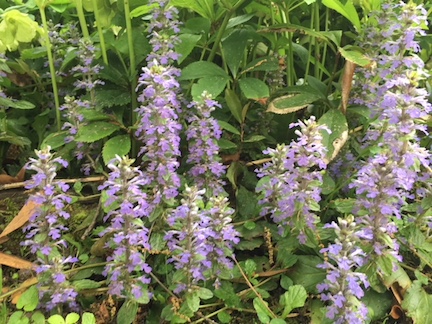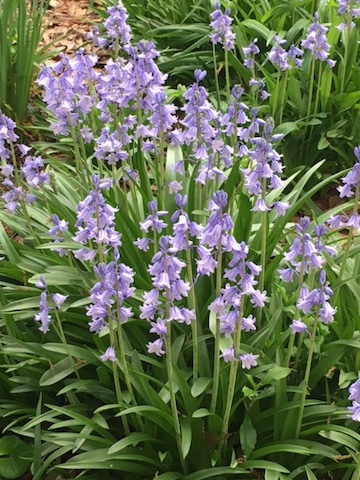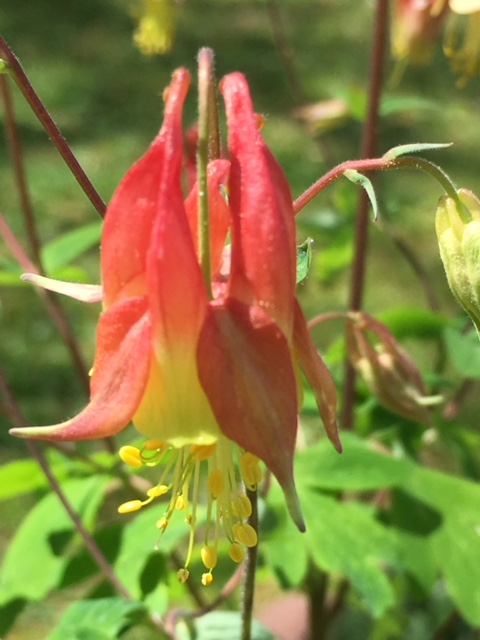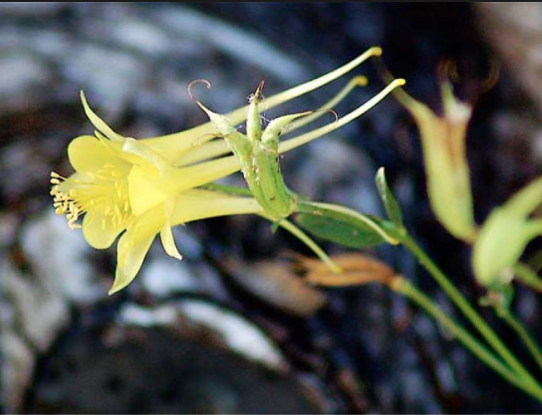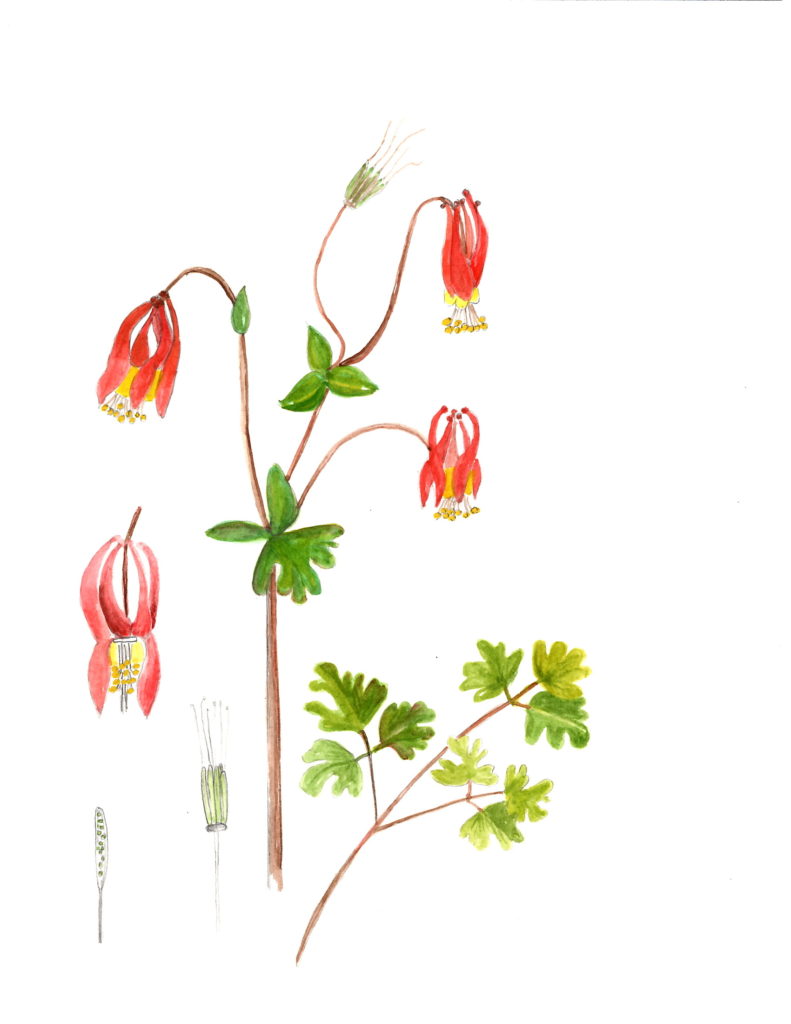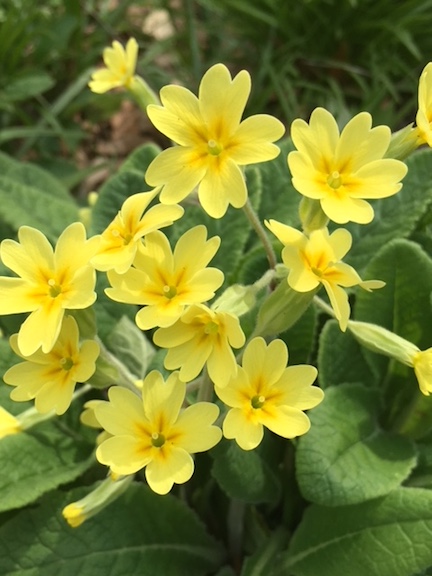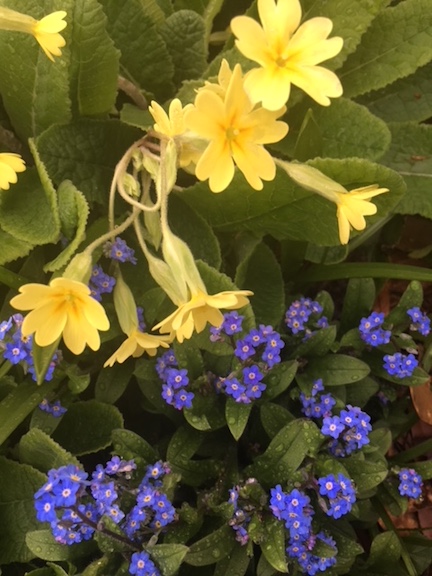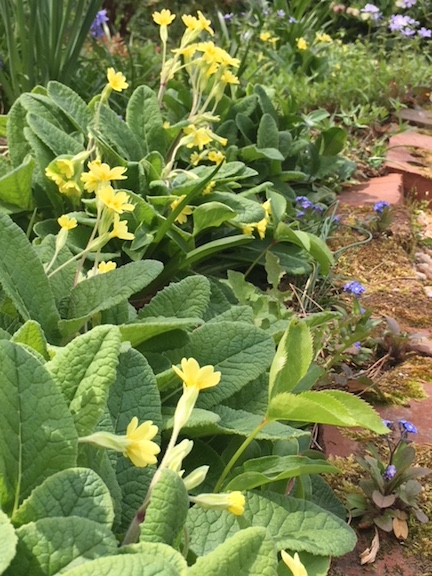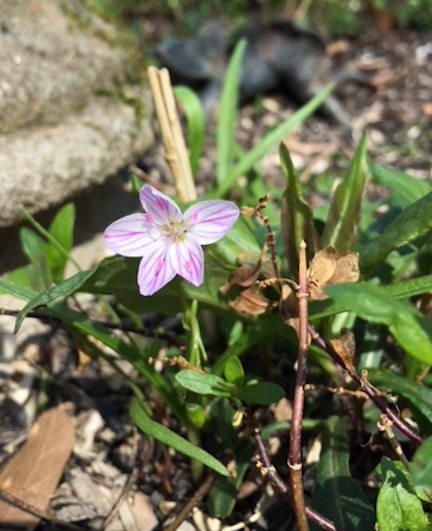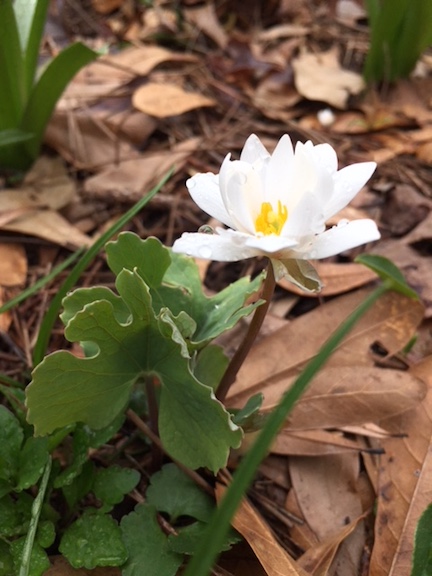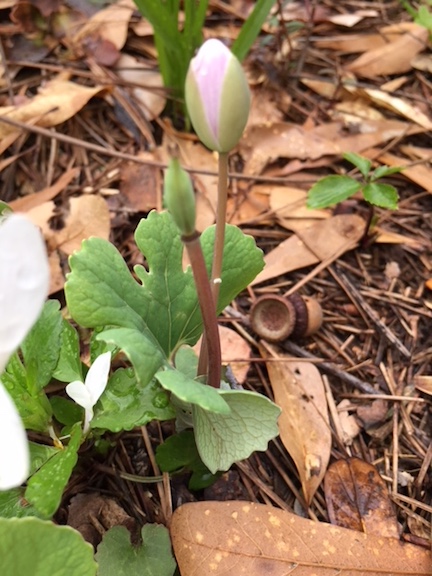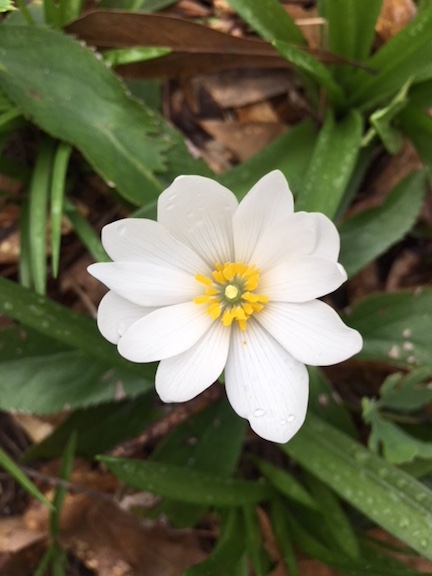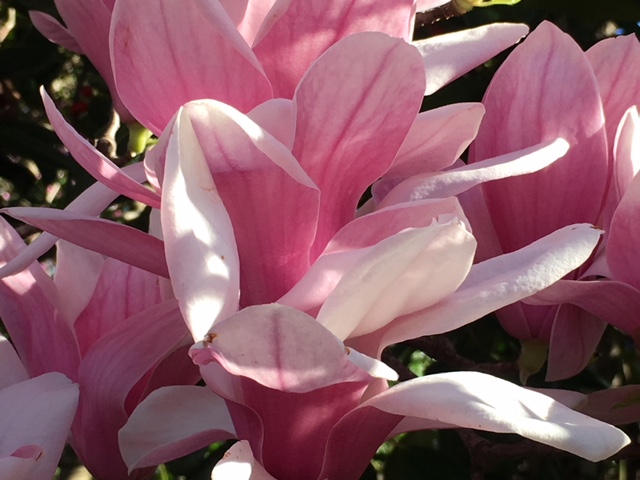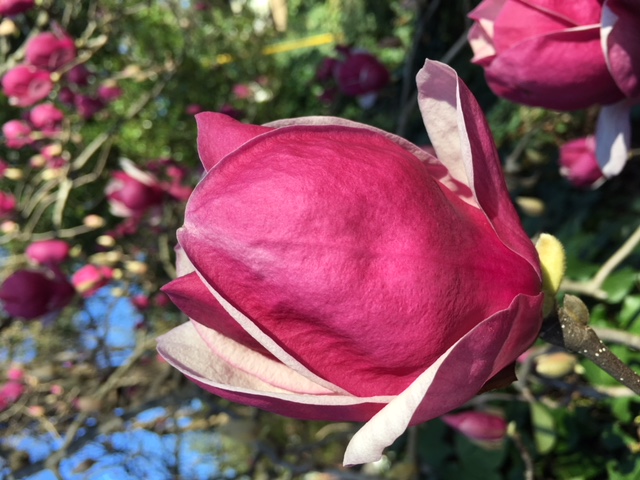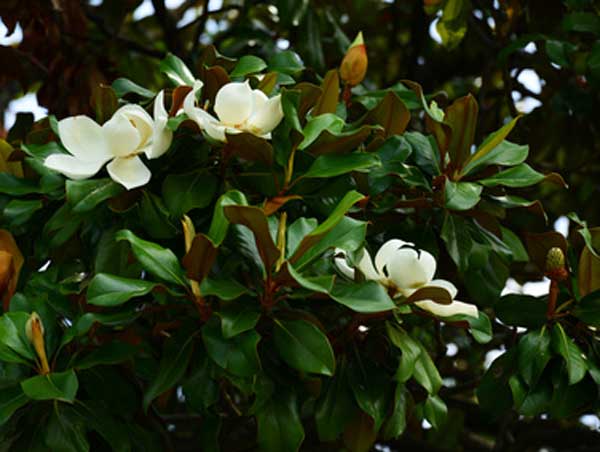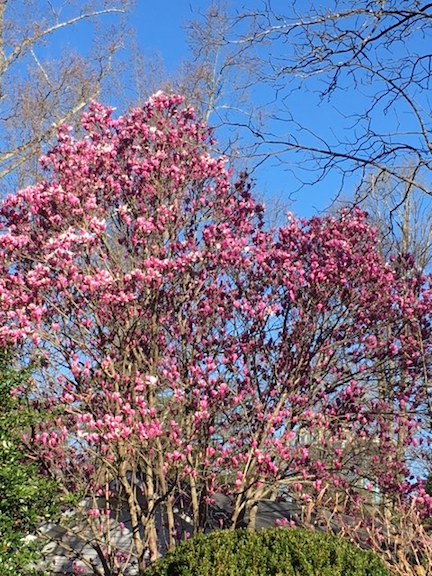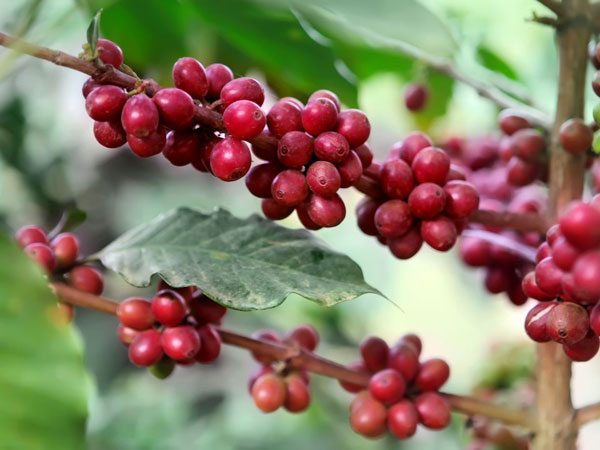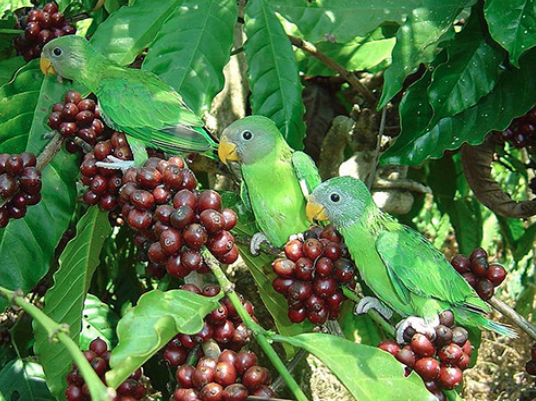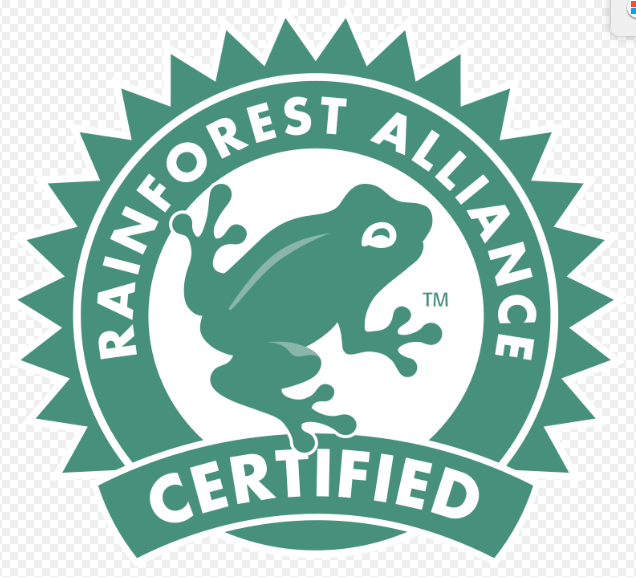I’ve had divisions from my grandmother’s peony plants for 40 years. I’ve moved them from one home to another, planted them in various gardens and tried to grow them in countless different spots but it wasn’t until this year that they really bloomed. As if to make up for lost time (as in FORTY years) they put on a show stopping extravaganza. I watched last night as a woman, walking down the street stopped to look at my peonies, then leaned over to smell their delicate scent. It was as happy as if someone had told me how cute my grandkids are!

There are two reasons that Grandma’s peonies bloomed to well this year. The first is that, after years of talking and writing about the importance of a soil test, I actually did it and found out that my soil is achingly empty of potassium. I corrected this with a balanced organic fertilizer. The second, and far more important reason is that I finally put them where they receive enough sunlight. There is no getting around the need for sufficient light for stupendous blooms.
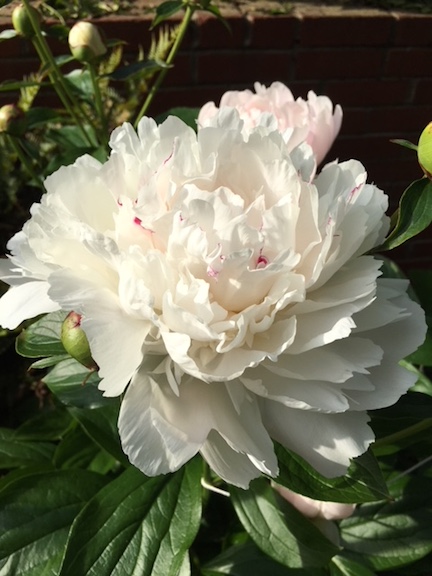
In addition, I made sure they had plenty of good air circulation and well drained soil. Peonies don’t like wet feet!
Although mine are the old fashioned full, white variety, there are numerous cultivars of peonies that come in white, pink, red, coral, maroon, striped and yellow. These generally grow to a height of about 3 feet. There is also a “Tree Peony” that grows 5 – 6 feet tall.
In the sunny South, peony blossoms only last a few days, making the season a very short one. Is it worth it? They are a lot of trouble as they need staking and support when they come into bloom. Ahhhh, but when they do bloom? Yes! It’s worth it!
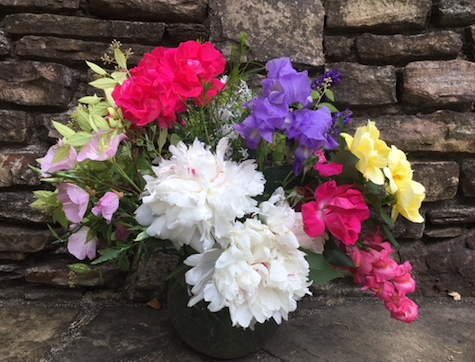
In many ways, my grandmother was an unlikely candidate to be a peony lover. She was a stout, no nonsense kind of woman. She and my grandfather lived on a farm near Jeffersontown, Kentucky and her life was not easy. Looking back on it, her life was particularly challenging when my family (all 7 of us!) descended on her small house and organized life. It must have stretched her patience to have five small children running enthusiastically through her house and garden and an extra seven hungry folks to feed three times a day.
So, it made me wonder why my grandmother loved peonies so much. They are the “prima donnas” of the garden, needing care and attention and plenty of support as they come into bloom – sort of the opposite of my grandma who stoically did everything herself. It seemed that she would want to grow things that were more like herself – hardy and low maintenance. But then it occurred to me that the peonies might have represented something from another world for Grandma. That staking, fertilizing, watering and weeding these exquisitely beautiful flowers was her way of escaping the practical “low maintenance” part of life and expressing her love of pure beauty.
I wish I could ask her. I wish she could see that I finally succeeded in growing her peonies. I wish that we could stand together and celebrate pure beauty. I miss my grandma but I’m so happy that I have this living, beautiful reminder of her.
Happy spring.
Laura



